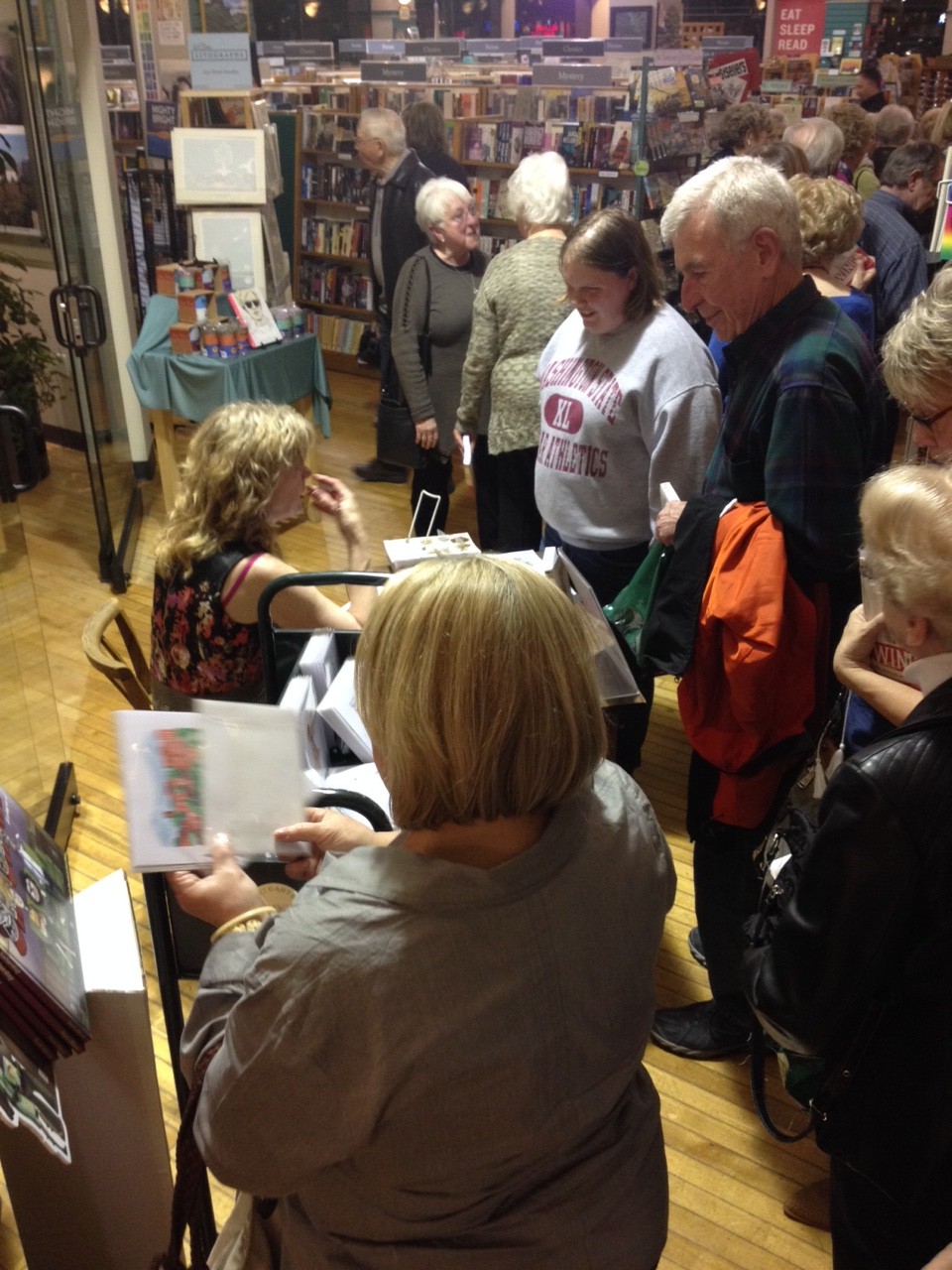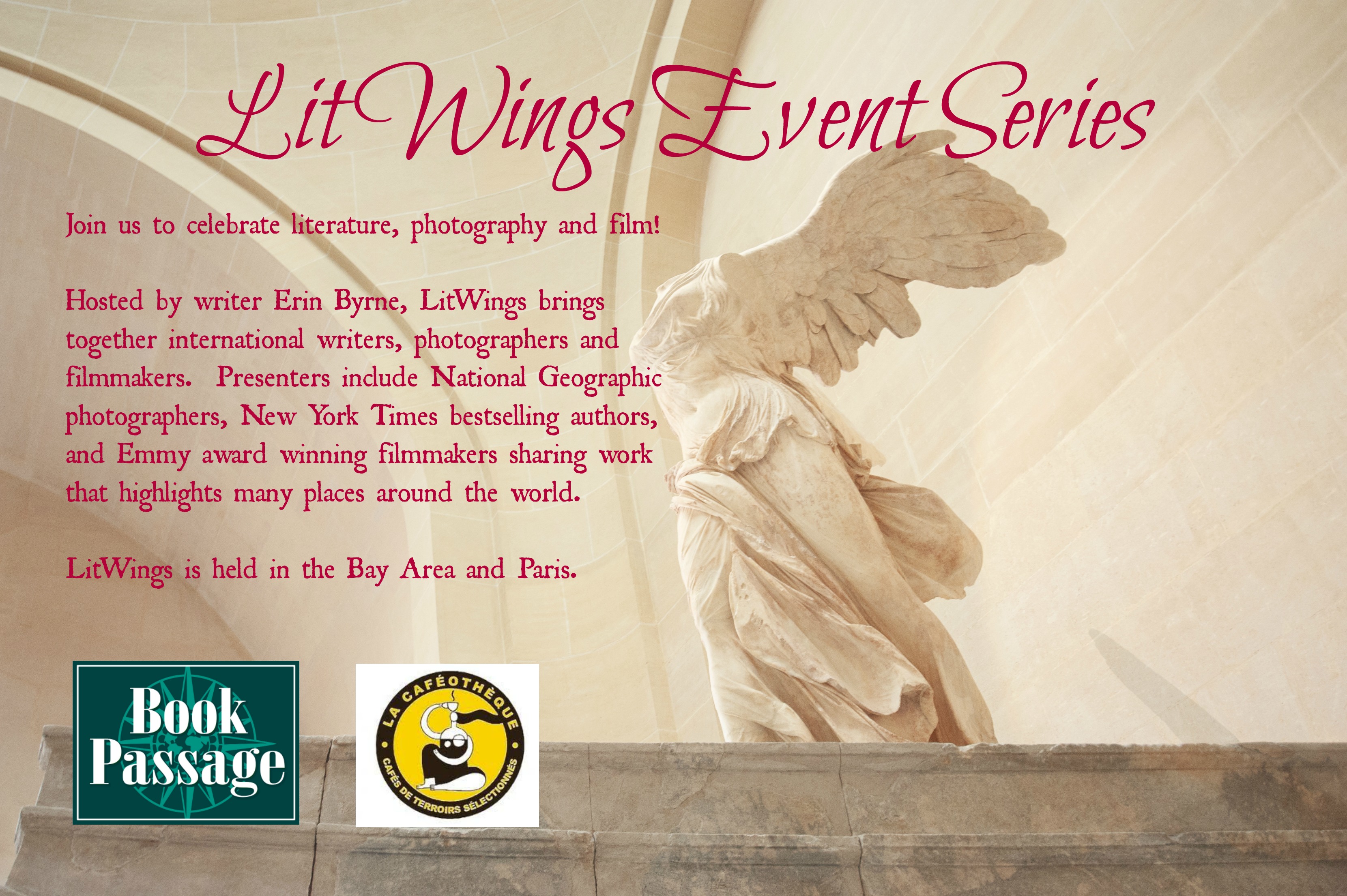
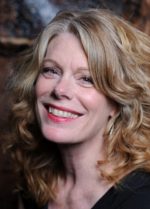
Host: ERIN BYRNE is the award-winning author of Wings: Gifts of Art, Life, and Travel in France, editor of Vignettes & Postcards from Morocco and Vignettes & Postcards from Paris and writer of The Storykeeper film. She is Travel Writing and Photography Curator of The Creative Process Exhibition, and has taught writing at Shakespeare and Company in Paris, Book Passage Bookstore, and on Deep Travel trips. e-byrne.com
WRITERS:
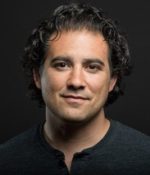
LEE DANIEL KRAVETZ is the author of Strange Contagion and the international bestseller Supersurvivors. He has written for The New York Times, Psychology Today, and the San Francisco Chronicle. leedanielkravetz.com

ANNE KORKEAKIVI is the author of the novels Shining Sea and An Unexpected Guest. Her writing has appeared in The Atlantic, The New York Times, and The Wall Street Journal. Anne lives in Switzerland. annekorkeakivi.com
 DAVID BARNES (Paris) hosts the reading series SpokenWord Paris and ran writing workshops at Shakespeare and Company Bookstore for years. He is editor of the anthology Strangers in Paris, edits the literary journal The Bastille, and writes poems and short stories, one of which is included in Vignettes & Postcards from Paris. spokenwordparis.org
DAVID BARNES (Paris) hosts the reading series SpokenWord Paris and ran writing workshops at Shakespeare and Company Bookstore for years. He is editor of the anthology Strangers in Paris, edits the literary journal The Bastille, and writes poems and short stories, one of which is included in Vignettes & Postcards from Paris. spokenwordparis.org
 JEFF BURKHART is an award-winning columnist of “Barfly”, named Best Column in 2014 by the California Newspaper Publishers Association, and author and award-winning bartender. He has written more than 800 articles and columns. In addition he has written five different bestsellers in several different categories. jeff burkhart.net
JEFF BURKHART is an award-winning columnist of “Barfly”, named Best Column in 2014 by the California Newspaper Publishers Association, and author and award-winning bartender. He has written more than 800 articles and columns. In addition he has written five different bestsellers in several different categories. jeff burkhart.net
 LAURIE ANN DOYLE’S book, World Gone Missing was nominated for the California Book Award and praised by NYTimes bestselling author Edan Lepucki for “astute portrayals of people desiring connection, hope, and renewal.” Winner of the Alligator Juniper National Fiction Prize, Doyle’s work appears in The Los Angeles Review, Under the Sun, and elsewhere. laurieanndoyle.com
LAURIE ANN DOYLE’S book, World Gone Missing was nominated for the California Book Award and praised by NYTimes bestselling author Edan Lepucki for “astute portrayals of people desiring connection, hope, and renewal.” Winner of the Alligator Juniper National Fiction Prize, Doyle’s work appears in The Los Angeles Review, Under the Sun, and elsewhere. laurieanndoyle.com
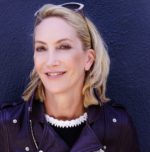 FRANCES STROH is the award-winning author of Beer Money: A Memoir of Privilege and Loss. Her work is published in The Common, Literary Hub, and The Detroit Metro Times, among other publications. She is a member of the San Francisco Writer’s Grotto and the curator of the Stranger Than Fiction reading series. francesstroh.com
FRANCES STROH is the award-winning author of Beer Money: A Memoir of Privilege and Loss. Her work is published in The Common, Literary Hub, and The Detroit Metro Times, among other publications. She is a member of the San Francisco Writer’s Grotto and the curator of the Stranger Than Fiction reading series. francesstroh.com
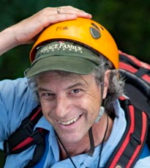 JEFF GREENWALD is the author of six books including The Size of the World, Snake Lake, and Shopping for Buddhas. He serves as Executive Director of EthicalTraveler.org, a global alliance of travelers dedicated to human rights and environmental protection. jeffgreenwald.com, ethicaltraveler.net
JEFF GREENWALD is the author of six books including The Size of the World, Snake Lake, and Shopping for Buddhas. He serves as Executive Director of EthicalTraveler.org, a global alliance of travelers dedicated to human rights and environmental protection. jeffgreenwald.com, ethicaltraveler.net
 MATTHEW FELIX is an author and podcast host. Adventure, humor, and spirituality infuse his work, which draw on his experiences in more than fifty countries. Matthew’s new book, Porcelain Travels, chronicles his humorous and horrible experiences in bathrooms encountered on his travels. matthewfelix.com
MATTHEW FELIX is an author and podcast host. Adventure, humor, and spirituality infuse his work, which draw on his experiences in more than fifty countries. Matthew’s new book, Porcelain Travels, chronicles his humorous and horrible experiences in bathrooms encountered on his travels. matthewfelix.com
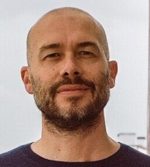 TONY ALBERTO RIGETTINI (Paris), Italian poet, playwright and screenwriter, is host of SpokenWord Paris, the fight club Writers Get Violent, and pimp of The Poetry Brothel in Paris. He is currently writing a poetry collection in 5 settings and 5 languages. spokenwordparis.org
TONY ALBERTO RIGETTINI (Paris), Italian poet, playwright and screenwriter, is host of SpokenWord Paris, the fight club Writers Get Violent, and pimp of The Poetry Brothel in Paris. He is currently writing a poetry collection in 5 settings and 5 languages. spokenwordparis.org
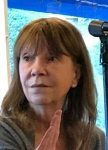 CARA BLACK is the New York Times bestselling author of 20 books in the Private Investigator Aimee Leduc series, set in Paris. Cara has received nominations for the Anthony and Macavity Awards, a Washington Post Book World Book of the Year citation, and the Medaille de la Ville de Paris in recognition of contribution to international culture. carablack.com
CARA BLACK is the New York Times bestselling author of 20 books in the Private Investigator Aimee Leduc series, set in Paris. Cara has received nominations for the Anthony and Macavity Awards, a Washington Post Book World Book of the Year citation, and the Medaille de la Ville de Paris in recognition of contribution to international culture. carablack.com
PHOTOGRAPHERS:
 CATHERINE KARNOW’S photographs have appeared in National Geographic, National Geographic Traveler, Smithsonian, and other international publications. Her retrospective Vietnam: 25 Years Documenting a Changing Country is now a book. catherinekarnowphotoworkshop.com
CATHERINE KARNOW’S photographs have appeared in National Geographic, National Geographic Traveler, Smithsonian, and other international publications. Her retrospective Vietnam: 25 Years Documenting a Changing Country is now a book. catherinekarnowphotoworkshop.com
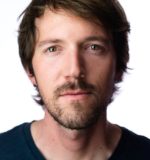 IAN TUTTLE is a professional photographer who shoots for Google, LinkedIn, Wells Fargo and other clients, and produces long form narrative projects, such as “Portraits of the Pacific Coast Trail” published in Outside magazine.
IAN TUTTLE is a professional photographer who shoots for Google, LinkedIn, Wells Fargo and other clients, and produces long form narrative projects, such as “Portraits of the Pacific Coast Trail” published in Outside magazine.
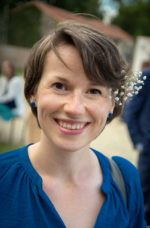 SABINE DUNDURE (Paris) is originally from Riga, Latvia. Her passion for photography took her to England, where she studied photography at Sheffield Hallam University, and then to Ukraine and finally to Paris. Sabine has been involved with the Anglophone poetry world in Paris, photographic poets, writers, and artists. She is the official photographer of SpokenWord Paris.
SABINE DUNDURE (Paris) is originally from Riga, Latvia. Her passion for photography took her to England, where she studied photography at Sheffield Hallam University, and then to Ukraine and finally to Paris. Sabine has been involved with the Anglophone poetry world in Paris, photographic poets, writers, and artists. She is the official photographer of SpokenWord Paris.
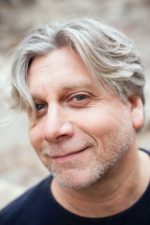 LOU LESKO is an American photographer and writer. He started shooting pictures in the fashion industry and later expanded his métier to include photojournalism and commercial shooting. He is a graduate of the University of Southern California’s writing program and a former editor at National Geographic Assignment. loulesko.com
LOU LESKO is an American photographer and writer. He started shooting pictures in the fashion industry and later expanded his métier to include photojournalism and commercial shooting. He is a graduate of the University of Southern California’s writing program and a former editor at National Geographic Assignment. loulesko.com
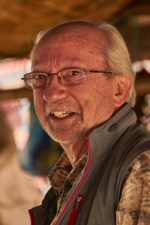
BOB HOLMES is a Fellow of the Explorer’s Club and the Royal Geographic Society. He is the 2016 Wine Photographer of the Year, the 2016 Food Photographer of the Year, and has been named Travel Photographer of the Year by the Society of American Travel Writers in 1990, 1992, 2010, 2015, and 2017. robertholmesphotography.com
 TANIA ROMANOV AMOCHAEV is the author of Mother Tongue: A Saga of Three Generations of Balkan Women. A prize-winning writer and photographer, many of her stories are featured in The Best Travel Writing anthologies. Tania has climbed Mount Whitney, Mount Kenya, and Mount Tamalpais, circumnavigated Annapurna, and trekked through Bhutan, Kashmir, and Slovenia. taniaamochaev.com
TANIA ROMANOV AMOCHAEV is the author of Mother Tongue: A Saga of Three Generations of Balkan Women. A prize-winning writer and photographer, many of her stories are featured in The Best Travel Writing anthologies. Tania has climbed Mount Whitney, Mount Kenya, and Mount Tamalpais, circumnavigated Annapurna, and trekked through Bhutan, Kashmir, and Slovenia. taniaamochaev.com
 SIVANI BABU is passionate about storytelling, wild lands, and ice. She is an award-winning nature photographer and writer who has contributed to more than a dozen publications and exhibitions. Sivani is also the co-founder and Creative Director of travel magazine Hidden Compass. sivanibabu.com, hiddencompass.net
SIVANI BABU is passionate about storytelling, wild lands, and ice. She is an award-winning nature photographer and writer who has contributed to more than a dozen publications and exhibitions. Sivani is also the co-founder and Creative Director of travel magazine Hidden Compass. sivanibabu.com, hiddencompass.net
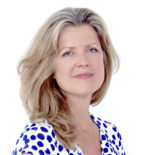 LONE MORCH (Paris) is an award-winning author, photographer, and speaker. Her work includes the photo book Embody and a memoir, Seeing Red: A Woman’s Quest for Truth, Power, and the Sacred. Lone recently spoke to TEDx Aarhus about the power of the gaze. lonemorch.com
LONE MORCH (Paris) is an award-winning author, photographer, and speaker. Her work includes the photo book Embody and a memoir, Seeing Red: A Woman’s Quest for Truth, Power, and the Sacred. Lone recently spoke to TEDx Aarhus about the power of the gaze. lonemorch.com
FILMMAKERS:
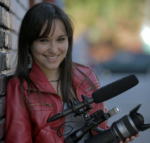 VANESSA CROCINI is an Italian filmmaker and Emmy nominated producer and journalist based in Los Angeles whose projects include Get Together Girls and The Empowerment Project. Vanessa’s work focuses on social impact issues, women’s empowerment, and the arts. vanessacrocini.com
VANESSA CROCINI is an Italian filmmaker and Emmy nominated producer and journalist based in Los Angeles whose projects include Get Together Girls and The Empowerment Project. Vanessa’s work focuses on social impact issues, women’s empowerment, and the arts. vanessacrocini.com
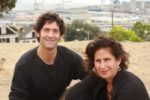
MARCIA JARMEL AND KEN SCHNEIDER are the founders of PatchWorks Films and have been creating award-winning documentaries for more than 20 years, including Havana Curveball and Speaking in Tongues. Their work is shown worldwide.
 MICHAEL SHAPIRO is the producer and co-director of Junkyard Alchemist, a film about a husband-and-wife team who create a fanciful carousel from junk. He is the author of A Sense of Place, a collection of interviews with the world’s top travel writers, and contributes to National Geographic Traveler and the Washington Post. michaelshapiro.net
MICHAEL SHAPIRO is the producer and co-director of Junkyard Alchemist, a film about a husband-and-wife team who create a fanciful carousel from junk. He is the author of A Sense of Place, a collection of interviews with the world’s top travel writers, and contributes to National Geographic Traveler and the Washington Post. michaelshapiro.net
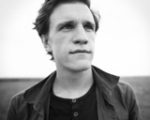 BRIAN DAWSON is a filmmaker based in San Francisco. In 2016 he was named a National Geographic Explorer. His stories are featured on Netflix, National Geographic Magazine and The New York Times. He has worked in South Sudan, India, Kenya, Uganda, South Africa, Nepal, Jordan and Switzerland. briandawson.com
BRIAN DAWSON is a filmmaker based in San Francisco. In 2016 he was named a National Geographic Explorer. His stories are featured on Netflix, National Geographic Magazine and The New York Times. He has worked in South Sudan, India, Kenya, Uganda, South Africa, Nepal, Jordan and Switzerland. briandawson.com
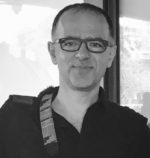
HERVÉ COHEN is a French-American award-winning documentary filmmaker and cinematographer. His work has taken him around the world from the Casamance, Senegal to the countryside of Sichuan, China, and has been aired on television networks and featured at various prestigious festivals. His project, Life Underground, presents people in subways in 14 cities around the world and is an art installment and an ongoing project. hervecohen.com
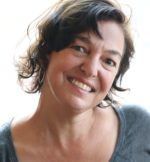 ERICA JORDAN’s award-winning documentary and narrative films have received acclaim at film festivals around the world. Her 2018 documentary “Seeing Slavery” was awarded Best Documentary Short at Amersterdam’s Around International Film Festival and Los Angeles Independent Film Festival. ericajordan.net
ERICA JORDAN’s award-winning documentary and narrative films have received acclaim at film festivals around the world. Her 2018 documentary “Seeing Slavery” was awarded Best Documentary Short at Amersterdam’s Around International Film Festival and Los Angeles Independent Film Festival. ericajordan.net
 ERNEST WHITE II is the producer and host of the television travel docu-series Fly Brother, which premieres on PBS in 2020. The series highlights friendships and connections around the globe. His writing has been featured in Time Out London, USA Today, and at TravelChannel.com. Ernest recently attended the Cannes film festival.
ERNEST WHITE II is the producer and host of the television travel docu-series Fly Brother, which premieres on PBS in 2020. The series highlights friendships and connections around the globe. His writing has been featured in Time Out London, USA Today, and at TravelChannel.com. Ernest recently attended the Cannes film festival.
SPECIAL LITWINGS PRESENTERS:
 MIA FUNK (Paris) is the creator of The Creative Process Exhibition and educational initiative, which travels to leading universities, and presents interviews with more than 100 esteemed writers and creative thinkers, including Joyce Carol Oates, Hilary Mantel, Neil Gaiman, Noam Chomsky, and George Saunders. Her artwork appears in the U.S. Library of Congress, Dublin Writers Museum, and other collections. She contributes to various national publications, served on the American Writers Museum’s National Advisory Board, received the Prix de Peinture (Salon d’Automne, Paris) and has exhibited at the Grand Palais in Paris. creativeprocess.info, miafunk.com
MIA FUNK (Paris) is the creator of The Creative Process Exhibition and educational initiative, which travels to leading universities, and presents interviews with more than 100 esteemed writers and creative thinkers, including Joyce Carol Oates, Hilary Mantel, Neil Gaiman, Noam Chomsky, and George Saunders. Her artwork appears in the U.S. Library of Congress, Dublin Writers Museum, and other collections. She contributes to various national publications, served on the American Writers Museum’s National Advisory Board, received the Prix de Peinture (Salon d’Automne, Paris) and has exhibited at the Grand Palais in Paris. creativeprocess.info, miafunk.com

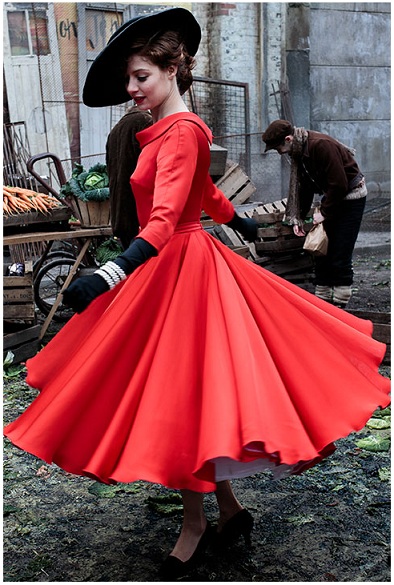

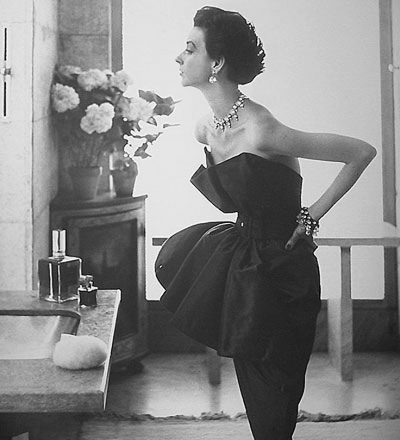 After the Liberation, Maman had said Dior had been given sixty million francs to set up his house of couture on Avenue Montaigne, where Caroline and her friends peered into the windows at skirts like opened umbrellas.
After the Liberation, Maman had said Dior had been given sixty million francs to set up his house of couture on Avenue Montaigne, where Caroline and her friends peered into the windows at skirts like opened umbrellas.

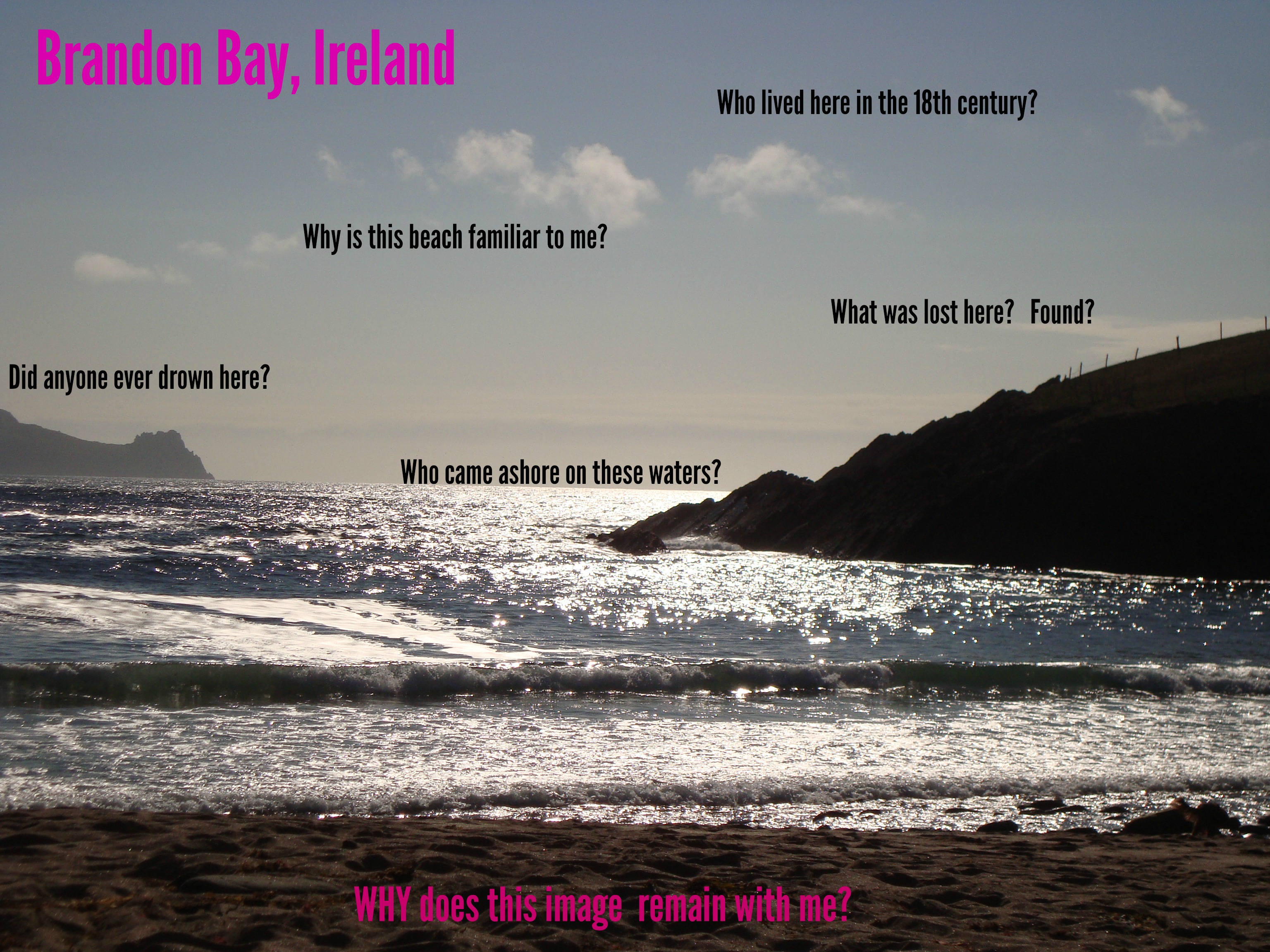
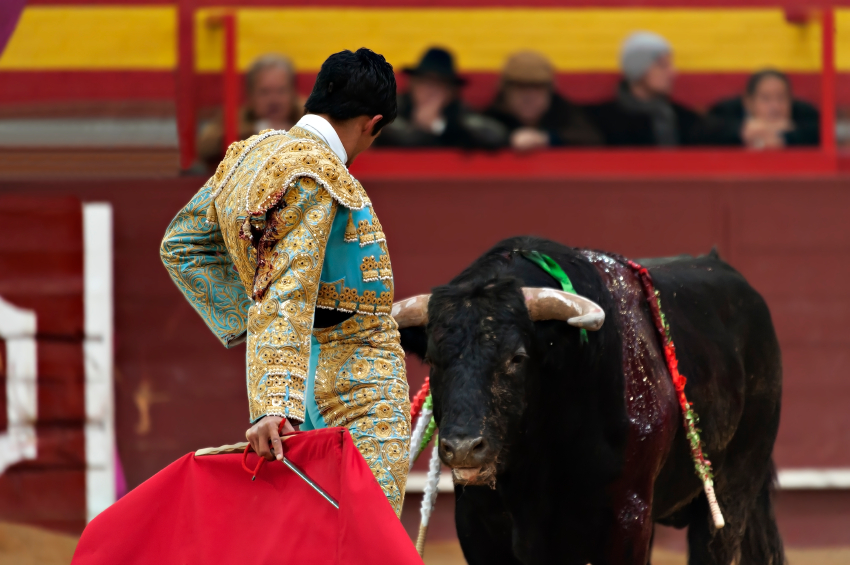

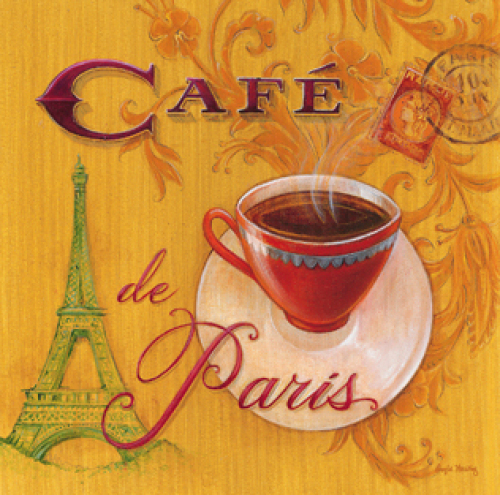
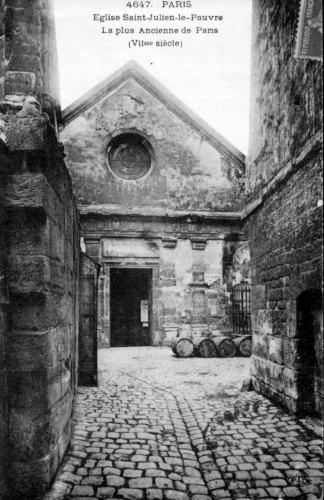 kneeling on straw listening to his lessons swirled with my own misty mood. Lines from the poem “Autumn” by Charles Baudelaire, read on a leaf-spangled day in the Luxembourg garden, reminded me that my own summer’s stunning afternoons will be gone, plunging me into cold shadows. It was summer yesterday; now it’s autumn, I knew, and echoes of departures from my own life—my sons going off to college, my sister dying—resounded in the air.
kneeling on straw listening to his lessons swirled with my own misty mood. Lines from the poem “Autumn” by Charles Baudelaire, read on a leaf-spangled day in the Luxembourg garden, reminded me that my own summer’s stunning afternoons will be gone, plunging me into cold shadows. It was summer yesterday; now it’s autumn, I knew, and echoes of departures from my own life—my sons going off to college, my sister dying—resounded in the air.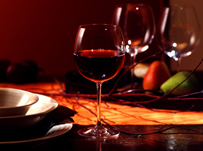 Just as Julian Green and Charles Baudelaire’s meanings merged into my own, so, I hope, will a morsel of Franche-Comté cheese or a sip of Côtes du Rhone taste different to you than it did to me. My view of Notre-Dame at midnight invites your unique response. The story of a young boy in occupied Paris about which I helped create a film may spark new sentiments in you.
Just as Julian Green and Charles Baudelaire’s meanings merged into my own, so, I hope, will a morsel of Franche-Comté cheese or a sip of Côtes du Rhone taste different to you than it did to me. My view of Notre-Dame at midnight invites your unique response. The story of a young boy in occupied Paris about which I helped create a film may spark new sentiments in you. 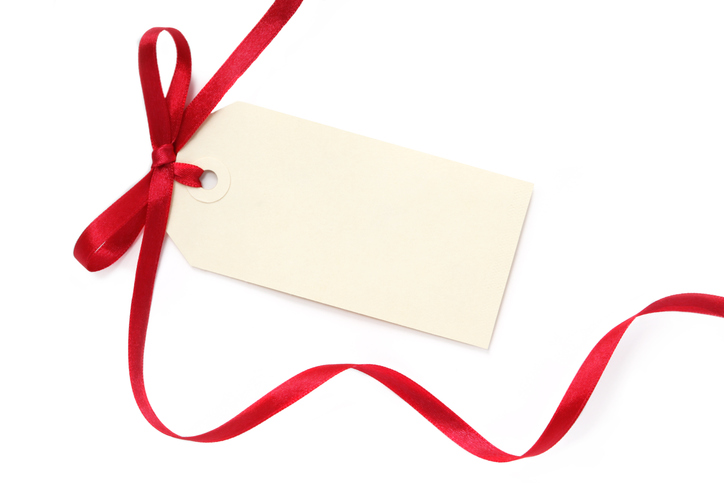
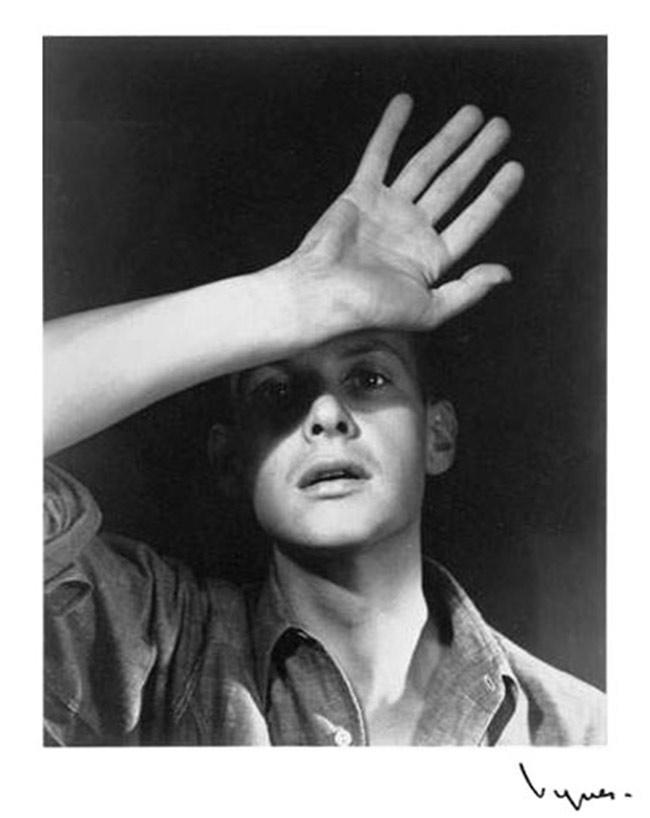
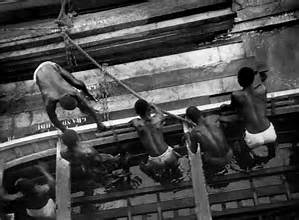


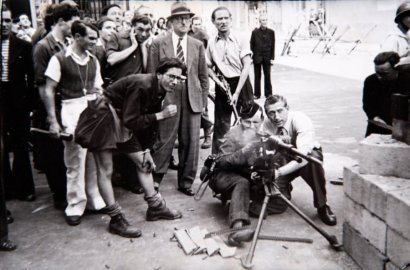
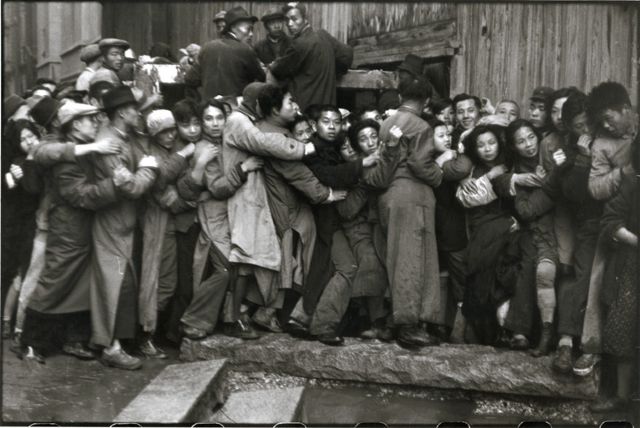


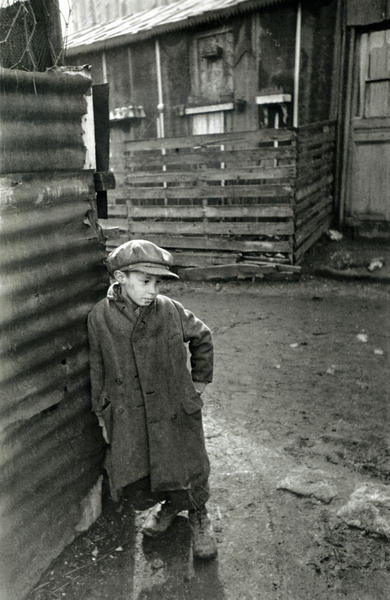 Henri Cartier-Bresson snapped his images inside what he called The Decisive Moment, operating on instinct, capturing the essence of life.
Henri Cartier-Bresson snapped his images inside what he called The Decisive Moment, operating on instinct, capturing the essence of life.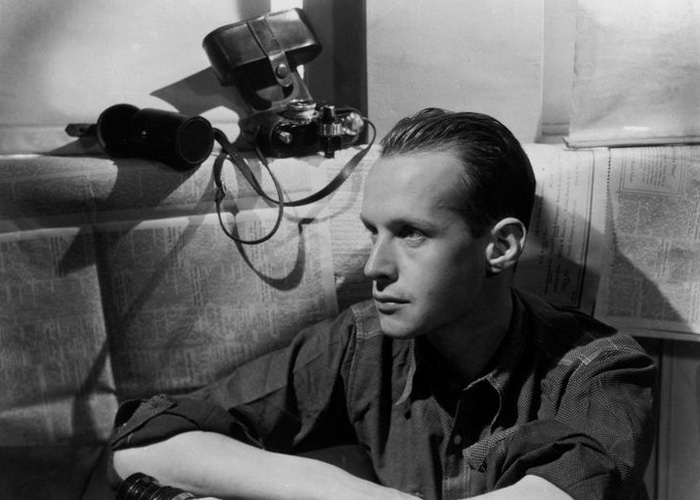

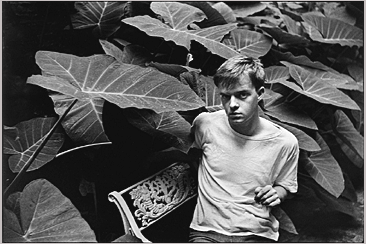
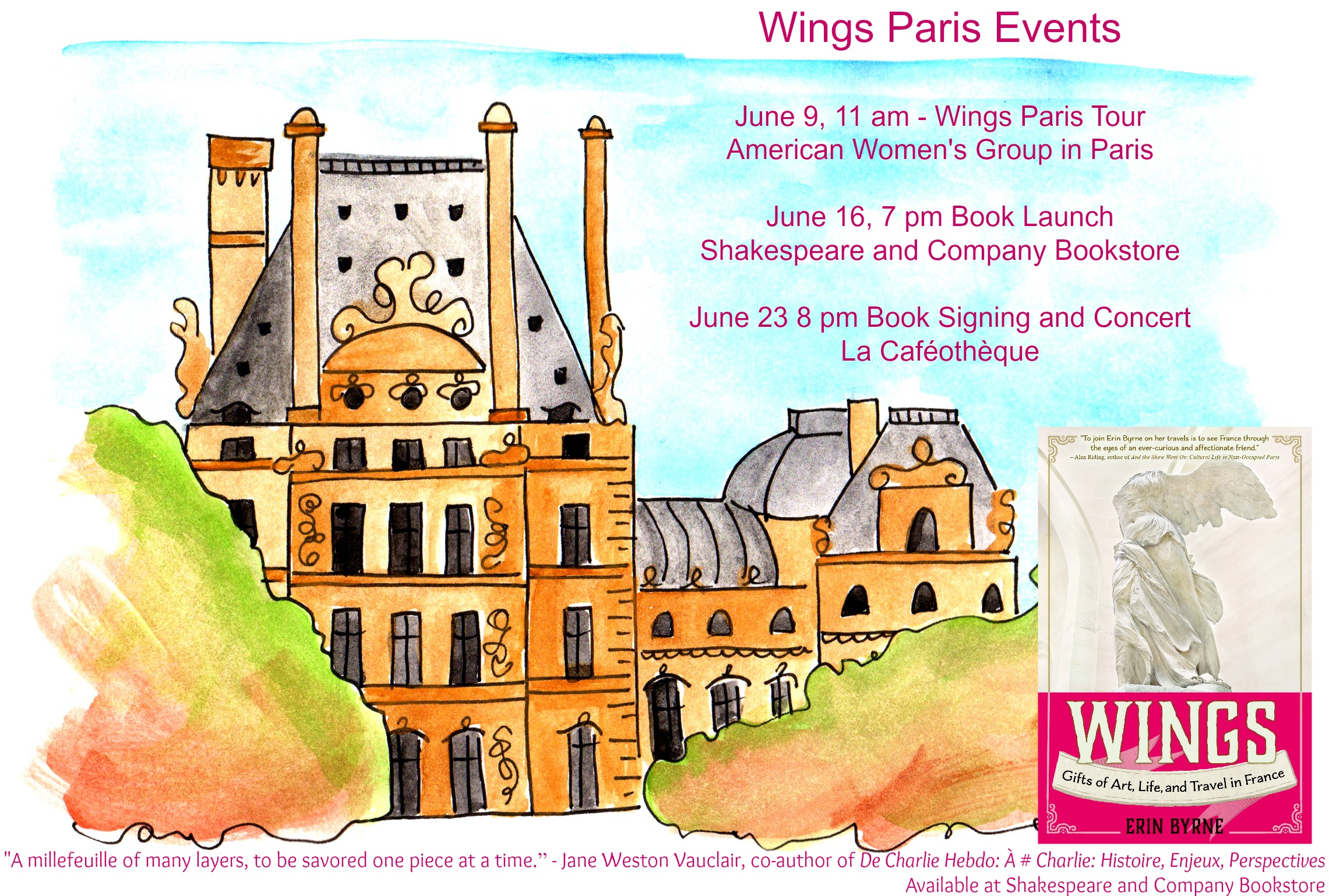
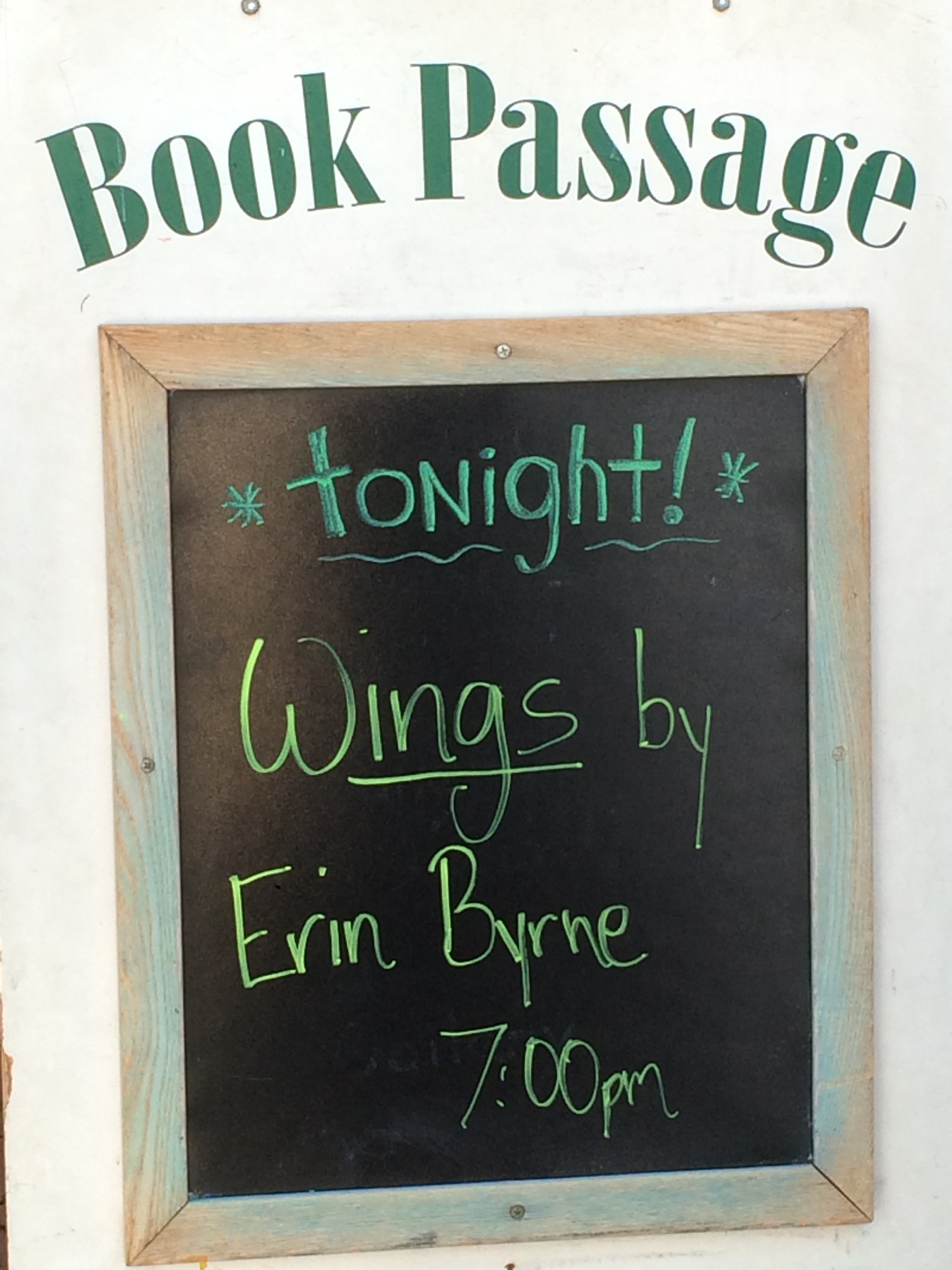
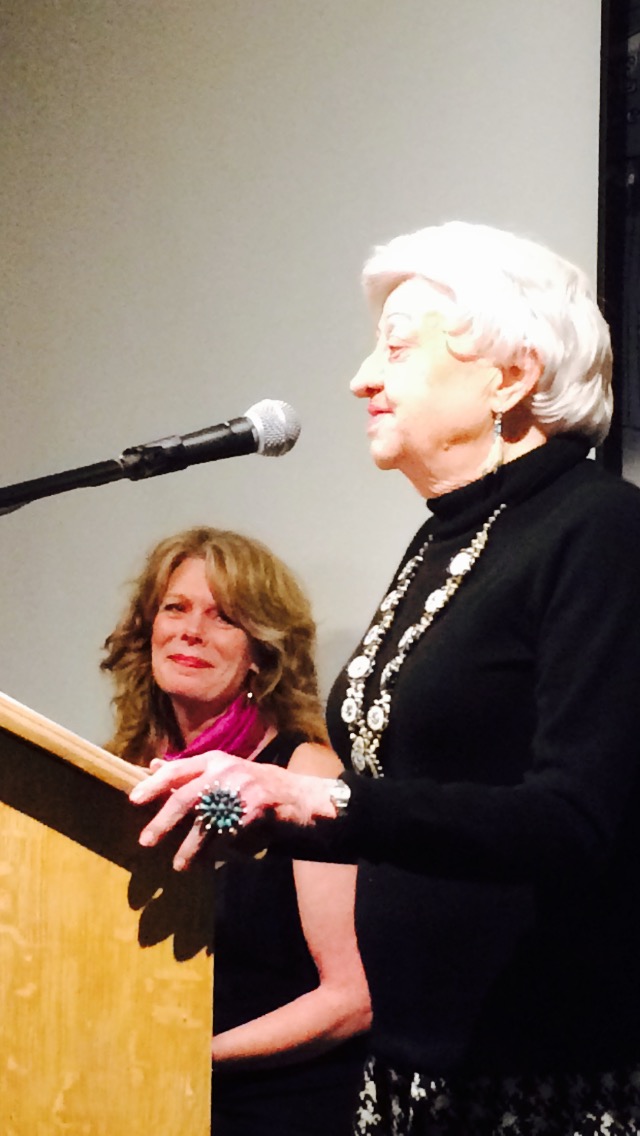
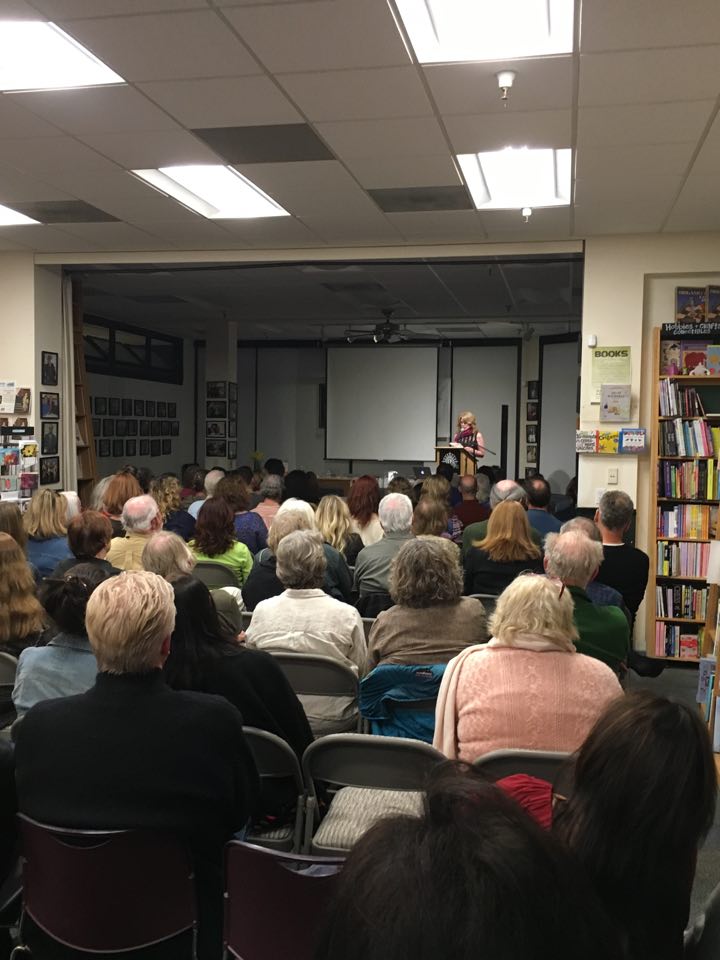
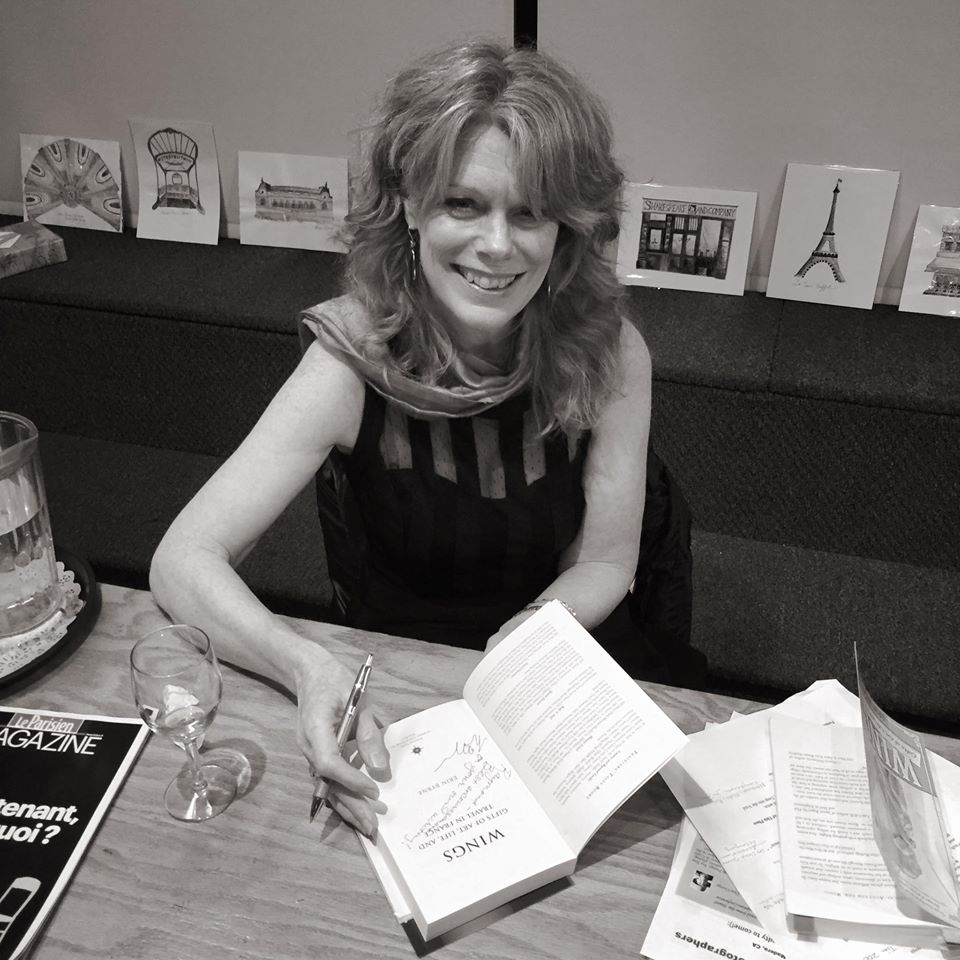
 Jurassic Cheese and celebrated “Bastille Day on the Palouse”, followed by an exquisite private event in Seattle.
Jurassic Cheese and celebrated “Bastille Day on the Palouse”, followed by an exquisite private event in Seattle.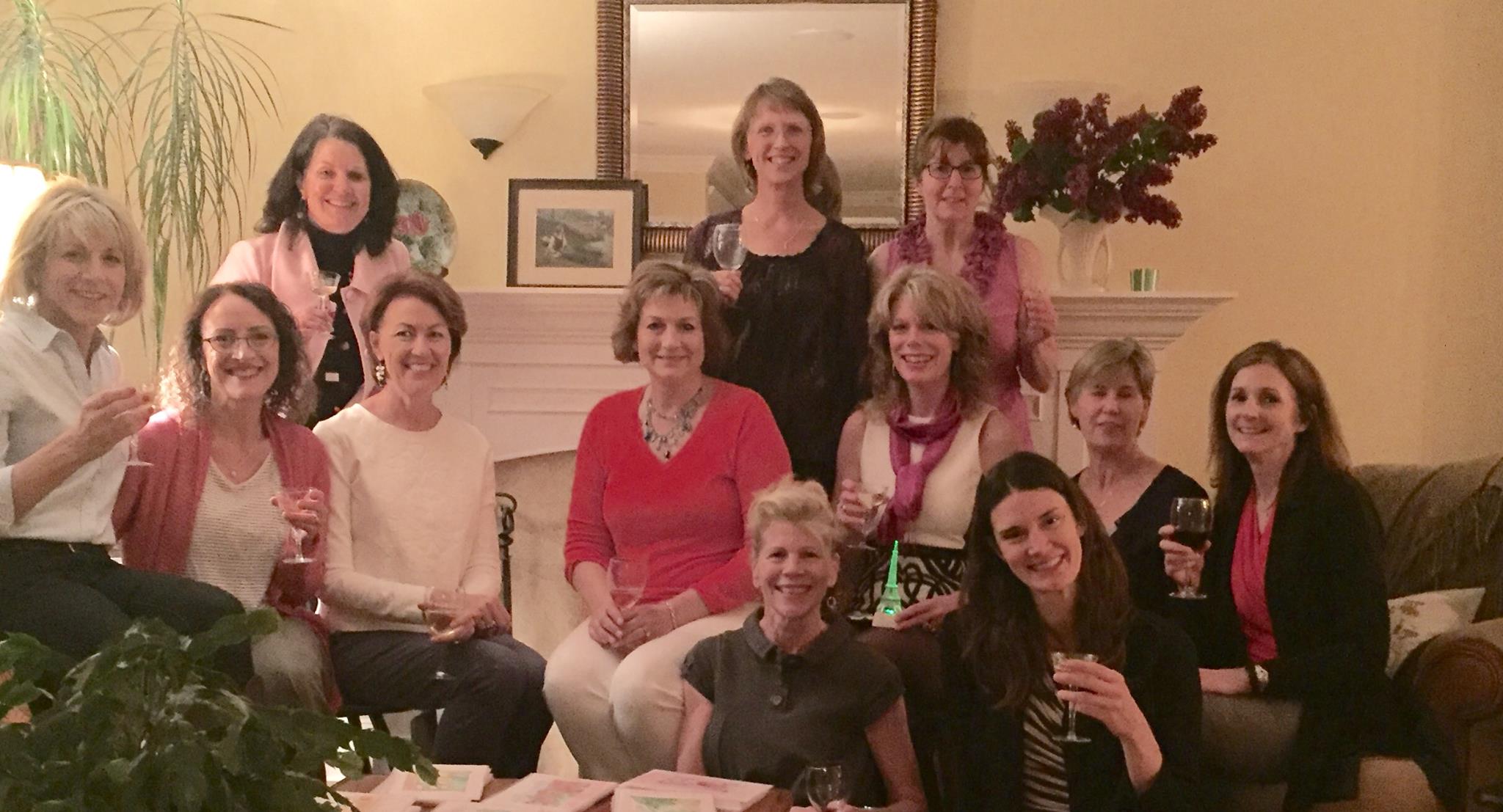

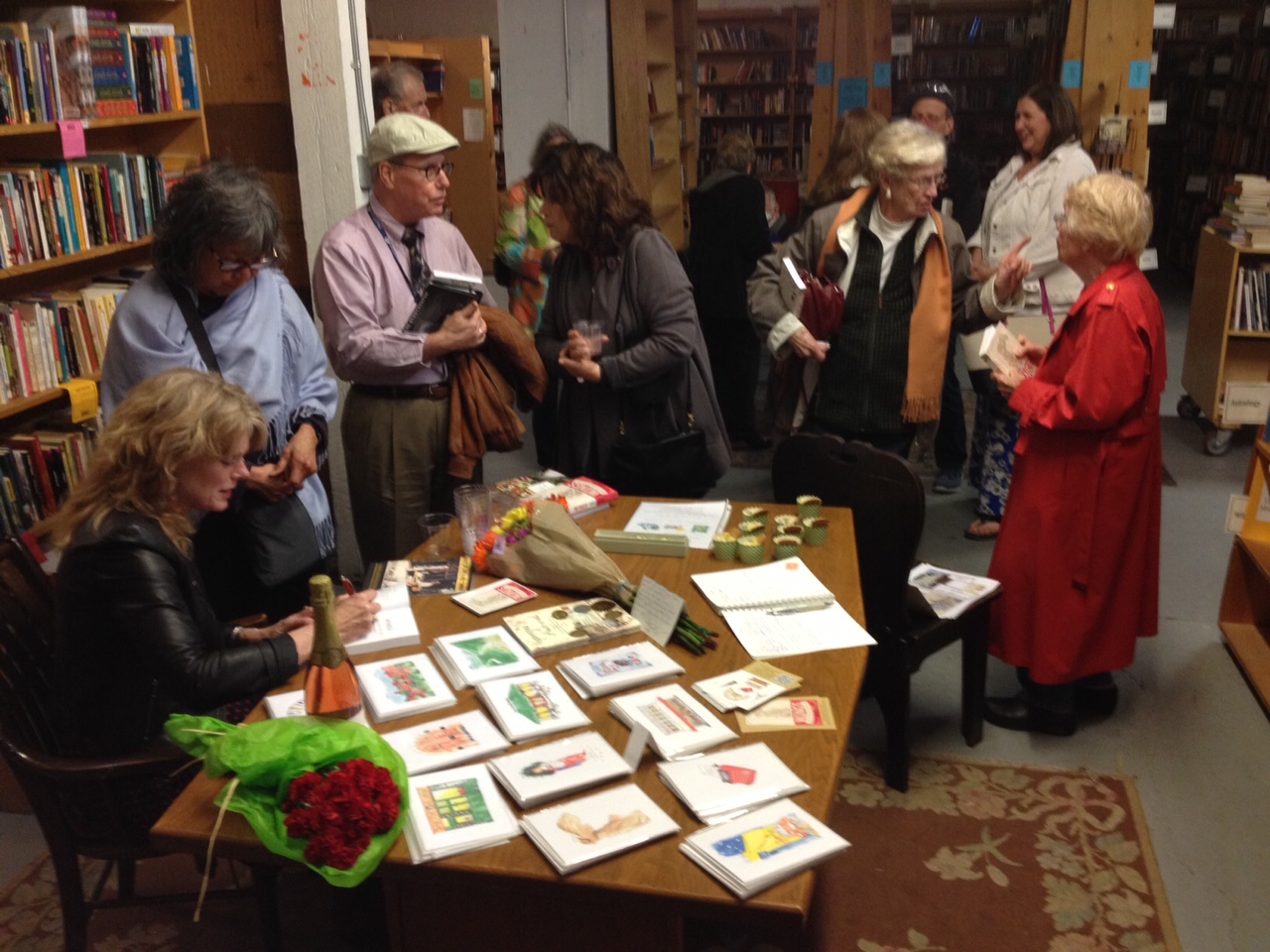

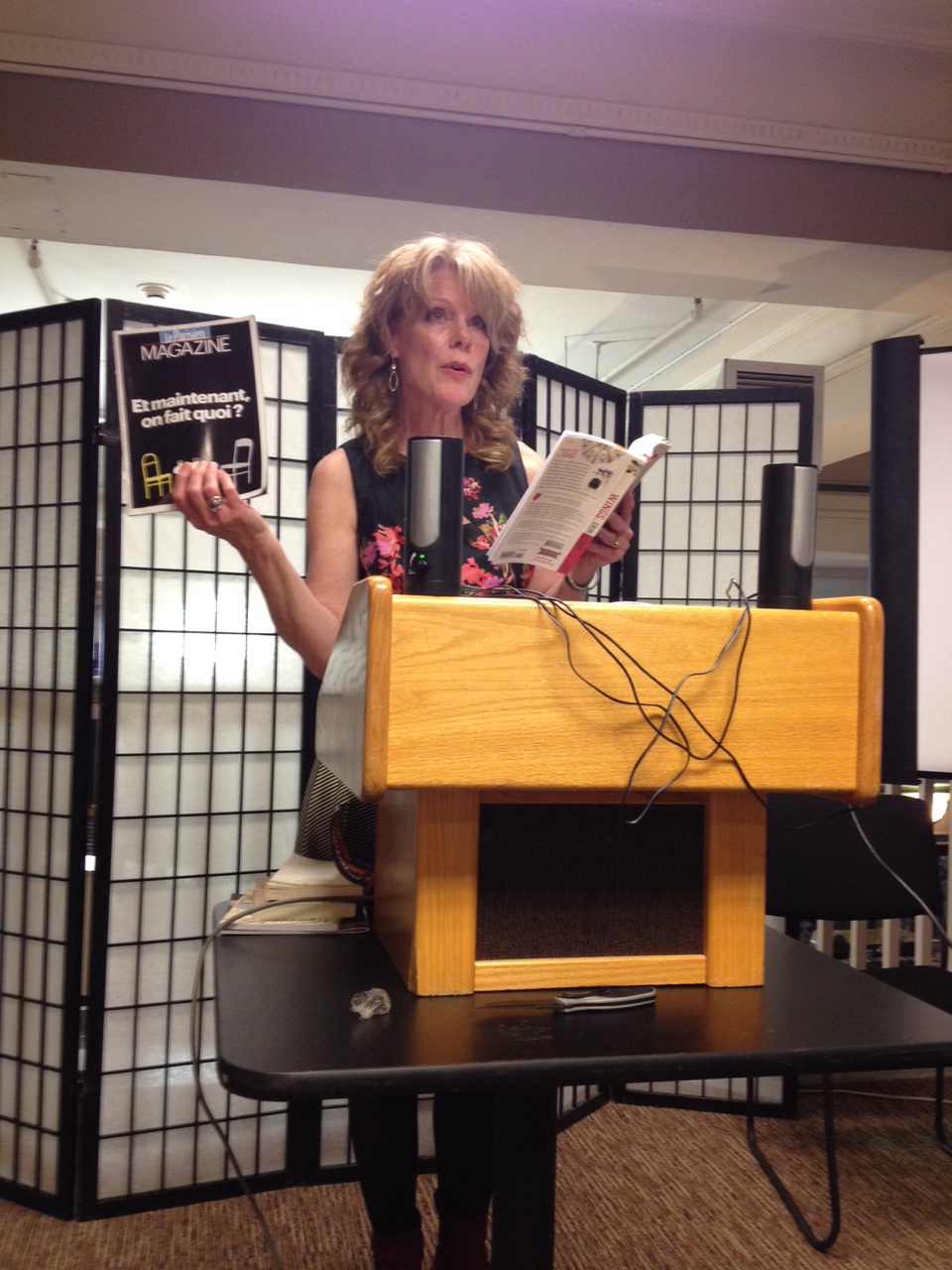 nd brilliant Tim Cahill, who spoke about the origin of our stories and why th
nd brilliant Tim Cahill, who spoke about the origin of our stories and why th ey can reach the universal.
ey can reach the universal.
